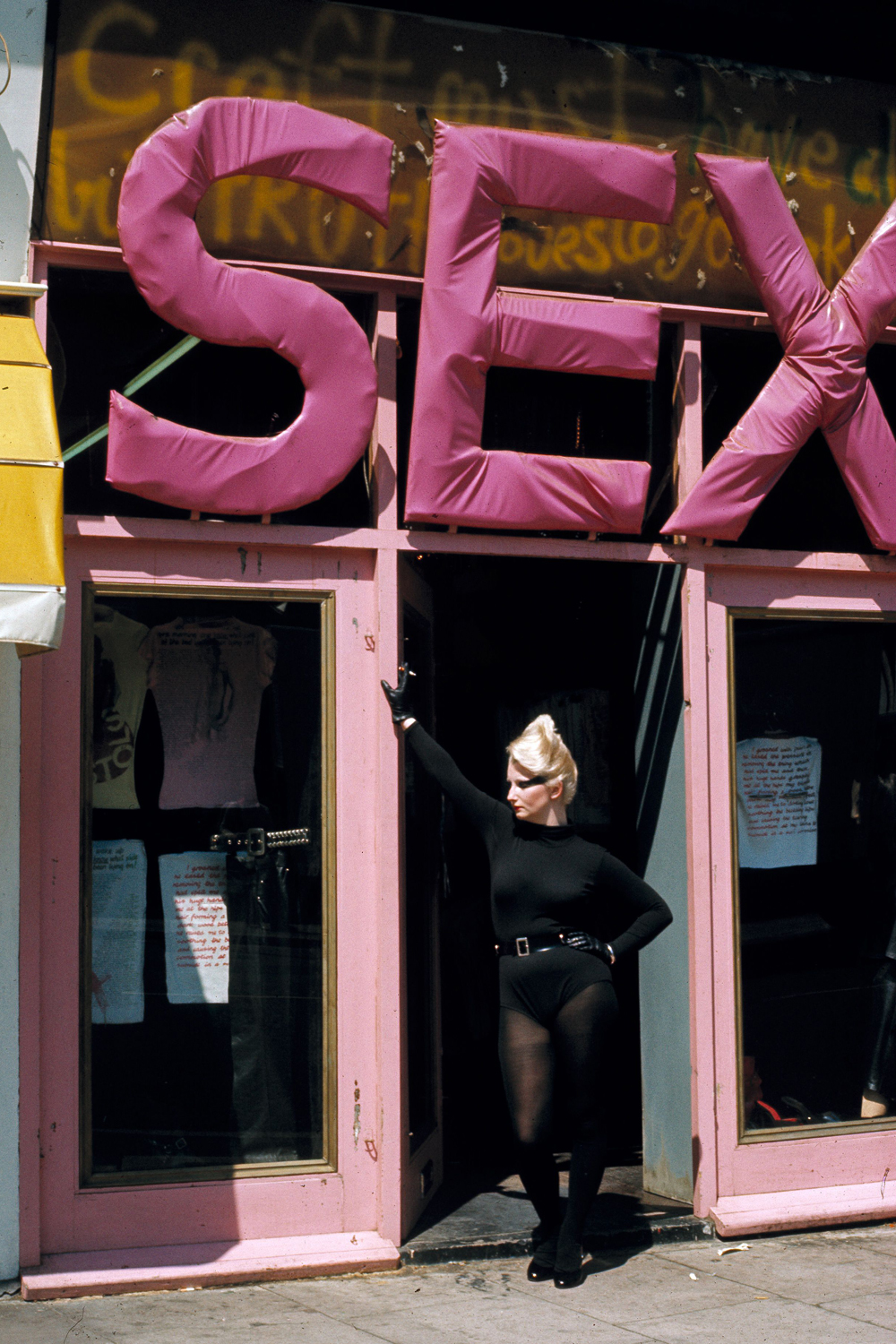Punk first appeared in London in the mid-70s as an aggressive and rebellious movement, cen- tered around emerging music and fashion subcultures. The name punk came from the music associated with the fashion. At the time it shocked many people who were not used to seeing such expressive and eye-catching clothing styles in the street.
Some of the most common features and styles included the use of damaged fabrics, transfor- mations of garments with pins, badges, tears, stitching, patches and unusual fabrics. It was made using very simple construction techniques that could be used by anybody in a DIY way. Garments were refashioned into unique forms, with distressed edges, defaced patterns and other rebellious expressions of anarchy and vandalism which have become popular trends into the 21st century.
These fashions expressed more than just a physical image, but said a lot about people’s politi- cal views and attitudes towards issues such as workers right, class differences and those in power.

(Marie Claire, 2017)
In more recent time punk has moved towards high fashion and you can find the use of fish-net lattices in boutique shops as well as Soho sex shops. Gentrification and postmodernism
have brought trends such as punk into the mainstream. Areas that were once associated with minority groups and people form poor economic backgrounds are gradually becoming more desirable and expensive. Many people from these areas fight the economic tide of gentrifi- cation and try to preserve the rots of these areas by protecting them from big business and mainstream trends. What often happens is that business move in which exploit the newly fashionable trends associated with the area, but they do so at a higher price. Locals are therefore unable to maintain their standard of living and are forced into other cheaper areas.
As rebellious areas and challenging clothes become more mainstream, they are slowly chang- ing. The prices attached to them are getting higher, and what was once considered trashy is now the height of fashion. Designers like Vivienne Westwood and Malcolm McLaren who opened a shop on King’s Road called “Sex” have played a big part in making these under- ground fashions common place.
Bibliography:
Marie Claire. (2017). Anarchy In The UK: A Brief History Of Punk Fashion. [online] Available at: http://www.marieclaire.co.uk/fashion/a-brief-history-of-punk-fashion-79145 [Accessed 9 Mar. 2017].
Pictures:
Marie Claire, (2017). Anarchy in the UK: A brief history of punk fashion Read
more at http://www.marieclaire.co.uk/fashion/a-brief-history-of-punk-fashion- 79145#1Uch6B5MewQMQZWV.99. [image] Available at: http://www.marieclaire.co.uk/ fashion/a-brief-history-of-punk-fashion-79145 [Accessed 4 Mar. 2017].
Pauline Weston Thomas, (n.d.). 1970s Punk Fashion History Development. [image] Available at: http://www.fashion-era.com/punks_fashion_history1.htm [Accessed 4 Mar. 2017].